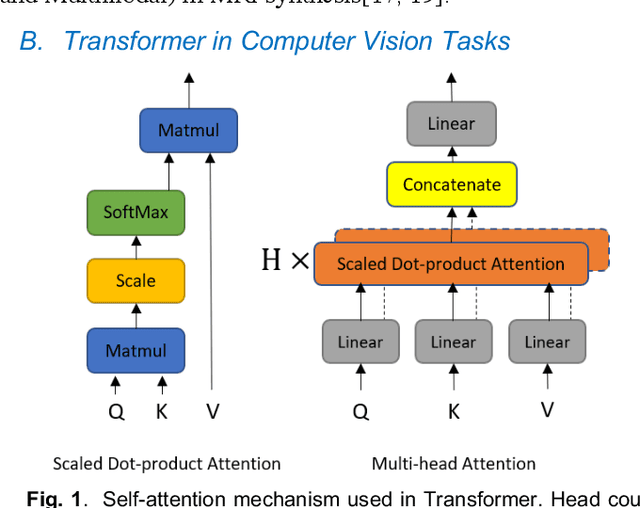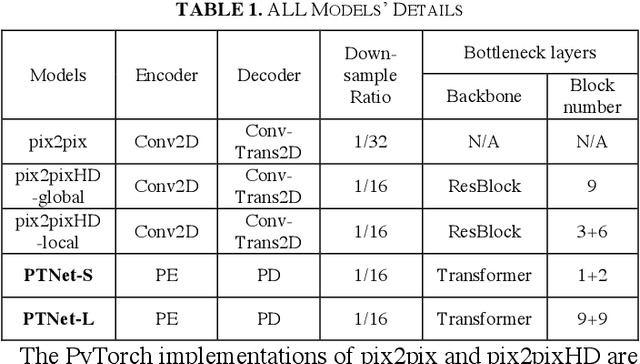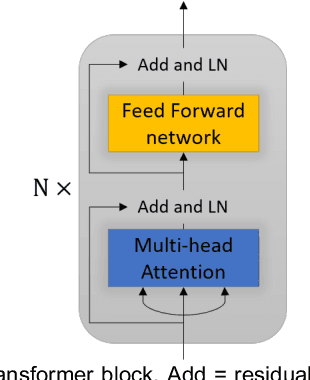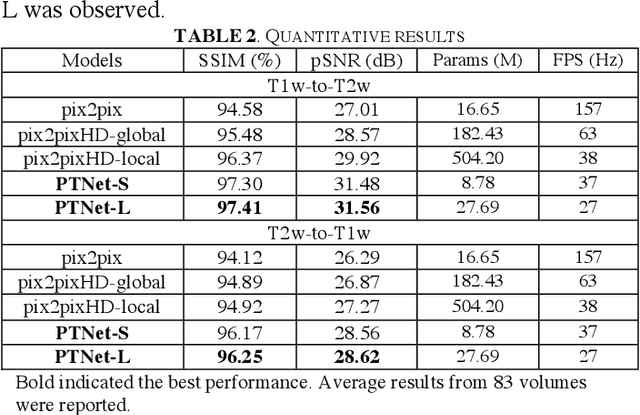Nabil Ettehadi
Robust deep labeling of radiological emphysema subtypes using squeeze and excitation convolutional neural networks: The MESA Lung and SPIROMICS Studies
Mar 01, 2024Abstract:Pulmonary emphysema, the progressive, irreversible loss of lung tissue, is conventionally categorized into three subtypes identifiable on pathology and on lung computed tomography (CT) images. Recent work has led to the unsupervised learning of ten spatially-informed lung texture patterns (sLTPs) on lung CT, representing distinct patterns of emphysematous lung parenchyma based on both textural appearance and spatial location within the lung, and which aggregate into 6 robust and reproducible CT Emphysema Subtypes (CTES). Existing methods for sLTP segmentation, however, are slow and highly sensitive to changes in CT acquisition protocol. In this work, we present a robust 3-D squeeze-and-excitation CNN for supervised classification of sLTPs and CTES on lung CT. Our results demonstrate that this model achieves accurate and reproducible sLTP segmentation on lung CTscans, across two independent cohorts and independently of scanner manufacturer and model.
PTNet: A High-Resolution Infant MRI Synthesizer Based on Transformer
May 28, 2021



Abstract:Magnetic resonance imaging (MRI) noninvasively provides critical information about how human brain structures develop across stages of life. Developmental scientists are particularly interested in the first few years of neurodevelopment. Despite the success of MRI collection and analysis for adults, it is a challenge for researchers to collect high-quality multimodal MRIs from developing infants mainly because of their irregular sleep pattern, limited attention, inability to follow instructions to stay still, and a lack of analysis approaches. These challenges often lead to a significant reduction of usable data. To address this issue, researchers have explored various solutions to replace corrupted scans through synthesizing realistic MRIs. Among them, the convolution neural network (CNN) based generative adversarial network has demonstrated promising results and achieves state-of-the-art performance. However, adversarial training is unstable and may need careful tuning of regularization terms to stabilize the training. In this study, we introduced a novel MRI synthesis framework - Pyramid Transformer Net (PTNet). PTNet consists of transformer layers, skip-connections, and multi-scale pyramid representation. Compared with the most widely used CNN-based conditional GAN models (namely pix2pix and pix2pixHD), our model PTNet shows superior performance in terms of synthesis accuracy and model size. Notably, PTNet does not require any type of adversarial training and can be easily trained using the simple mean squared error loss.
Classification of Diabetic Retinopathy via Fundus Photography: Utilization of Deep Learning Approaches to Speed up Disease Detection
Jul 18, 2020



Abstract:In this paper, we propose two distinct solutions to the problem of Diabetic Retinopathy (DR) classification. In the first approach, we introduce a shallow neural network architecture. This model performs well on classification of the most frequent classes while fails at classifying the less frequent ones. In the second approach, we use transfer learning to re-train the last modified layer of a very deep neural network to improve the generalization ability of the model to the less frequent classes. Our results demonstrate superior abilities of transfer learning in DR classification of less frequent classes compared to the shallow neural network.
Edge-Based Recognition of Novel Objects for Robotic Grasping
Feb 23, 2018



Abstract:In this paper, we investigate the problem of grasping novel objects in unstructured environments. To address this problem, consideration of the object geometry, reachability and force closure analysis are required. We propose a framework for grasping unknown objects by localizing contact regions on the contours formed by a set of depth edges in a single view 2D depth image. According to the edge geometric features obtained from analyzing the data of the depth map, the contact regions are determined. Finally,We validate the performance of the approach by applying it to the scenes with both single and multiple objects, using Baxter manipulator.
 Add to Chrome
Add to Chrome Add to Firefox
Add to Firefox Add to Edge
Add to Edge